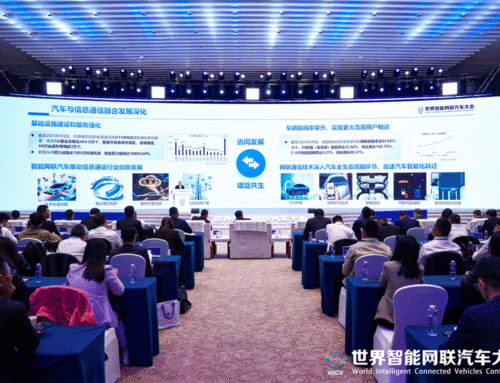On October 9, 2025, the Ministry of Industry and Information Technology (MIIT) and the National Standardization Administration (SAC) jointly issued the “Cloud Computing Comprehensive Standardization System Construction Guideline (2025 Edition)”. Compared to the 2015 version, the revised guideline features an optimized standards framework and layout, with enhanced focus on integrating cloud computing with AI and other emerging technologies to support high-quality development of the real economy. It expands standardization into cloud-based technology applications, industry applications, and management, while updating existing standards for fundamentals, technologies, and security.
The guideline calls for implementing the New Industry Standardization Lead Engineering Plan (2023-2035) by strengthening top-level design in cloud computing standardization, enhancing cross-sector coordination, and advancing standard development, implementation, and global adoption to provide technical support for high-quality growth of China’s cloud computing sector. Thanks to the sector’s rapid expansion and technological evolution, particularly the emergence of new models—including cloud-native systems, intelligent computing clouds, Data as a Service (DaaS), and Security as a Service (SecaaS), it’s necessary to upgrade the cloud computing standards framework. According to the guideline, the cloud computing standardization system is structured around six domains:
- Basic Standards: Cover common fundamentals including terminology and technical architecture.
- Technical Standards: Address underlying supports, platforms, interaction, and deployment.
- Service Standards: Regulate Infrastructure as a Service (IaaS), Platform as a Service (PaaS), DaaS, AI as a Service (AIaaS), Software as a Service (SaaS), and SecaaS offerings.
- Application Standards: Guide integration of cloud computing with other IT and industrial systems.
- Management Standards: Oversee full lifecycle management of cloud solutions and services.
- Security Standards: Ensure safety across networks, data, systems, services, and applications.
More details can be found in the figure 1 below.

Figure 1 Cloud Computing Comprehensive Standardization System Architecture Diagram
Moreover, the guideline sets the goal of developing over 30 new national and sector standards for cloud computing by 2027 to consistently improve its standards framework. More than 1,000 enterprises will implement these standards, accelerating their digital transformation. The initiative also aims to advance international cloud computing standards to support global industry growth. Notably, to enable the goals, the safeguard measures are put in place:
- Strengthen Organizational Development: Utilize cloud computing standardization bodies to coordinate industry, academic, research, and application resources in developing an advanced, pragmatic standards system.
- Enhance Promotion & Implementation: Guide industry associations and standardization bodies in promoting key standards through training, helping enterprises align R&D, delivery, operations, and quality management with established benchmarks.
- Deepen International Collaboration: Accelerate adoption of international standards and improve global-domestic indicator alignment. Engage actively in ISO, IEC, and ITU initiatives to develop unified cloud computing standards with global partners.
Ultimately, the new cloud computing standards guideline presents both market opportunities and compliance challenges for foreign companies in China, requiring them to adapt to evolving technical requirements while navigating increased local competition. SESEC will keep monitoring on its development.
Chinese sources of the article: https://www.sac.gov.cn/xw/bzhdt/art/2025/art_588c8b67d59748b2a9991bdef38fb1cb.html
https://wap.miit.gov.cn/jgsj/kjs/gzdt/art/2025/art_e4ed719da57f4fbfb2ac94cf2ff0018c.html





